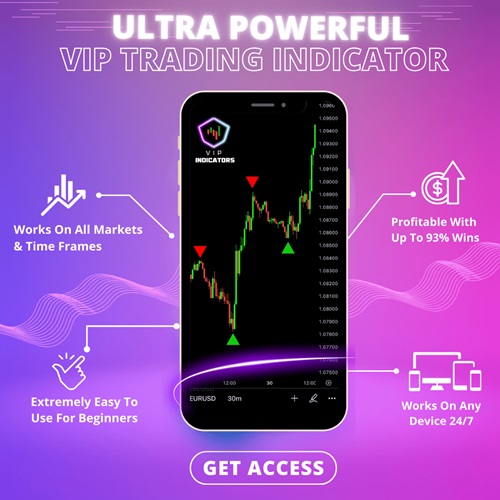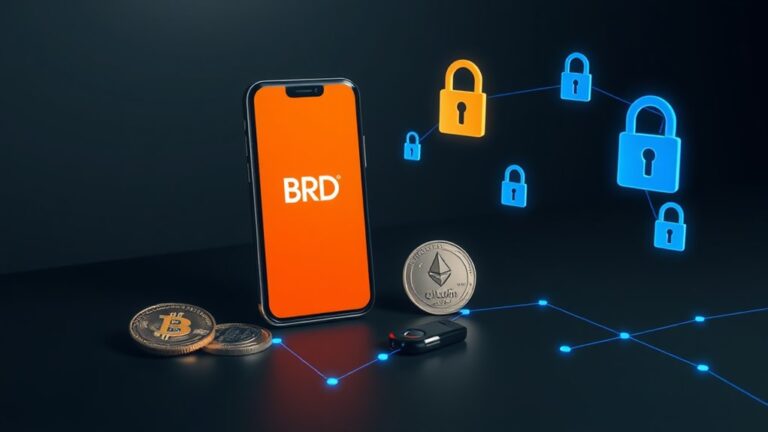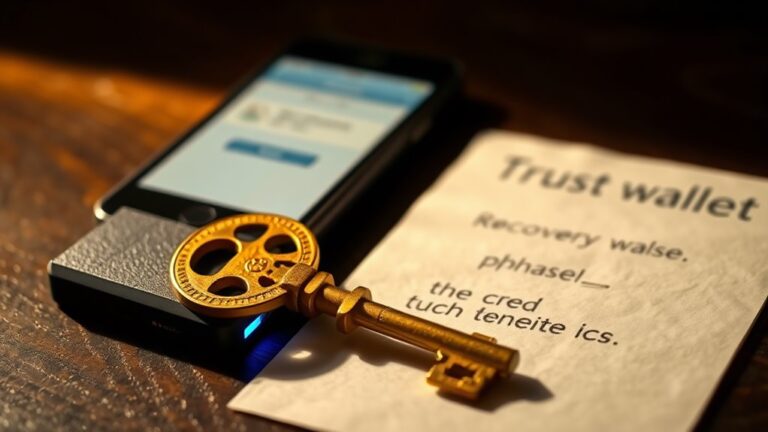What Is Ripple in Cryptocurrency?
Note: This post may contain affiliate links, and we may earn a commission (with No additional cost for you) if you purchase via our link. See our disclosure for more info. The gold and crypto world is constantly changing. This is not financial, investment, legal, or professional advice. So, please verify the information on the gold and cryptocurrency provider’s websites.
Ripple is a major player in the cryptocurrency game, aiming to shake up cross-border payments. They created XRP, a currency designed for lightning-fast transactions and minimal fees. RippleNet is their payment network—think of it as a superhero for banks and financial institutions, speeding up what used to be a sluggish process. Oh, and they hold a hefty chunk of XRP, which raises eyebrows about decentralization. Want to know more about how they're changing the financial world? Buckle up.

Ripple in Cryptocurrency isn't just a catchy phrase; it's a whole ecosystem shaking up how money moves across borders. Founded in 2004, Ripple (originally known as Ripplepay) isn't your average tech company. They're on a mission to overhaul the often sluggish and pricey cross-border payment systems.
Enter XRP, the native cryptocurrency on the XRP Ledger (XRPL). It's designed for speed and low fees. Quick transactions? Yes, please! For those looking to store XRP securely, choosing between hardware wallet options like Ledger or software solutions depends on your specific transaction needs.
Now, let's clear something up: Ripple and XRP are not the same. Ripple is the company, while XRP is the currency. It's essential to keep that distinction straight. RippleNet, their global payment network, allows financial institutions to settle transactions in real time. It's a game changer, folks.
Ripple and XRP are not interchangeable; Ripple is the company driving innovation, while XRP is the currency powering it all.
What about the tech behind all this? Ripple uses the Ripple Protocol Consensus Algorithm (RPCA) for transaction validation. Translation? No mining, which means less energy consumption. That's right, no more racing against the clock to solve cryptographic puzzles.
Transactions confirm in a mere 3–5 seconds, with a throughput of 1,500 transactions per second. That's faster than you can say “blockchain,” and it doesn't even use one. Instead, it relies on a distributed ledger maintained by a decentralized network of nodes. Talk about cutting-edge! Additionally, the XRP Ledger can handle up to 3,400 transactions per second, ensuring scalability for growing transaction demands.
XRP was pre-mined, with a total of 100 billion tokens in existence. Ripple holds a hefty chunk of that, which raises some eyebrows. There's a lot of chatter about how this affects decentralization. Yet, the network's validating servers work to guarantee a consensus. Additionally, Ripple's partnerships with over 100 financial institutions demonstrate its growing acceptance in the banking sector.
In practical terms, Ripple's technology facilitates cross-border payments for banks and financial institutions. It slashes costs and processing times. It's about time someone took on the slow, bloated systems we've been dealing with.
Frequently Asked Questions
How Does Ripple Differ From Bitcoin and Ethereum?
Ripple stands out with its Federated Byzantine Agreement, ditching the energy hogging mining of Bitcoin.
While Bitcoin struggles with slow transactions, Ripple zips through 1,500 per second.
It's not just speed; it's also focused on banks and cross-border payments, unlike Ethereum's dApps.
Plus, XRP's fixed supply means no inflationary surprises.
Can Ripple Be Used for Everyday Transactions?
Ripple's setup screams “everyday transactions,” but it's not quite mainstream yet.
Sure, it boasts lightning-fast speeds and nearly nonexistent fees—who doesn't love that?
But let's be real; centralized validators and regulatory headaches mean it's not a perfect choice.
People still cling to cash and cards for now.
It's like having a sports car parked in the garage—cool, but not taking it for a spin every day.
What Are the Risks of Investing in Ripple?
Investing in Ripple? Buckle up. Its centralized control raises eyebrows, with Ripple owning a whopping 67% of XRP. Talk about a power trip!
Then there's the SEC lawsuit, which makes things even messier—trading on U.S. exchanges? Good luck with that.
Price swings are wild, too. One minute it's soaring; the next, it's crashing.
And don't forget the risk of market flooding if Ripple decides to release its stash. Yikes!
Is Ripple a Good Investment for Beginners?
Is Ripple a good investment for beginners? Well, it's a mixed bag.
On one hand, it's cheap—under a buck, so anyone can dip their toes in.
But hold up! Ripple Labs owns a massive chunk of XRP, which raises eyebrows.
Fast transactions? Sure, but volatility is the name of the game here.
Beginners need to tread carefully. Risk management is essential.
How Can I Buy Ripple Cryptocurrency?
Buying Ripple isn't rocket science, but it can feel like it.
First, pick an exchange—Coinbase, Binance, or Kraken are popular choices. Set up an account, verify your identity (yes, the whole KYC dance), and fund it. You can use bank transfers, credit cards, or even digital wallets.
Then, just hit that buy button. But hey, don't forget to move your XRP to a hardware wallet. Leaving it on an exchange? Risky business.












